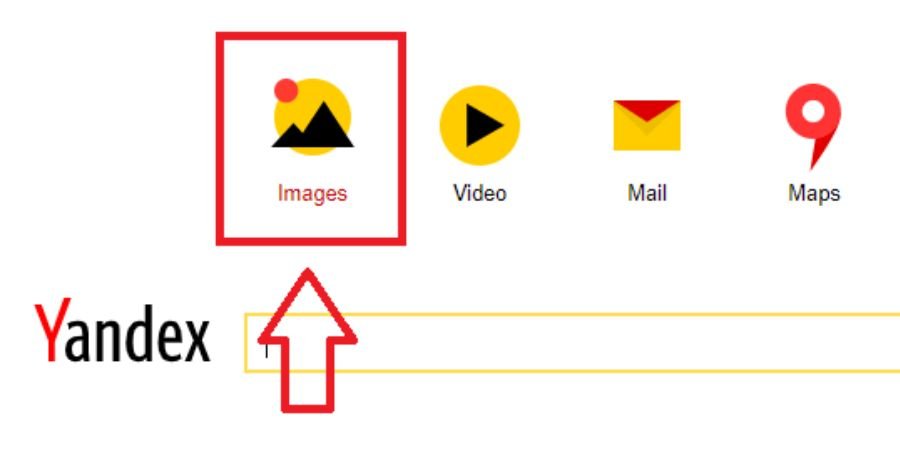Imagine you find a photo online and you want to know where it first appeared, if it has been edited or copyrighted, or whether someone else uses it without permission. Yandex reverse image search allows you to start with an image and trace back its origins, variants, or usage. According to academic research, when comparing different engines, the reverse image search tool offered by Yandex shows higher retrievability in certain categories of images.
What this means is that for image-based searches you need a tool that recognises subtle visual clues and tracks sourced content across regions and languages. That sets the stage for why Yandex reverse image search stands out in some use cases.
What is Yandex?
Yandex is a technology company from Russia that offers a range of internet products and services. It is best known for its search engine, which works like Google. Yandex also provides tools such as maps, translation, email, cloud storage, taxi services, and reverse image search tool. Its Yandex image search by picture is popular because it can find where an image came from or locate similar pictures, especially from Russian and Eastern European websites.
The core strength: How Yandex reverse image search performs better than others
The thing is, many reverse image tools do a basic match. They look for identical files or obvious duplicates. Yandex reverse image search goes deeper. Its algorithm analyses patterns, shapes, colours, textures and uses those “visual phrases” internally. Because of that approach, it often identifies images that have been cropped, filtered, resized or edited and still matches them to the original or similar versions.
For example, one study found that when searching for photographs among search‐engines, Yandex achieved a precision score very close to Google’s best. If you are serious about tracking where an image appears, or verifying whether it has been modified, Yandex reverse image search gives you an edge.
Regional and linguistic reach: Why Yandex excels where others struggle
What this really means in practice is that if the image originates from non-English, less indexed or regional websites, Yandex brings in sources that might not show up in other major engines. Several guide articles point out that Yandex’s index is especially strong in Russian, Eastern European and adjacent domains.
Suppose you are investigating an image that was first posted on a Russian blog or an aggregator site with limited global visibility. Other engines may miss that trail but Yandex reverse image search is more likely to pick it up. For a content-lead or researcher, that means fewer blind spots.
Technical features: What the tool offers beyond the basics
Yandex reverse image search offers more than uploading a file and getting results. You can refine your search by cropping part of the image (selecting an object within a photo) to focus the match. You can also filter by image size, orientation, colour and format. If you are working on verification or sourcing images for publication, these tools matter. Another part of the value is the ability to detect when an image has been altered, or to find similar versions rather than exact duplicates.
Finally, for developers, there is an API option that can integrate this capability into verification, e-commerce or monitoring workflows. So if you handle lots of visual content, you can build systems around this instead of manually uploading each image. If you want to learn how to use yandex reverse image search step by step, the process is simple: upload, crop, and analyse results.
Real-world examples: How users benefit from Yandex reverse image search
Here are some of the use-cases that make Yandex particularly useful. First, if you are a photographer or visual content creator you can track whether your image has been used without permission online. You upload the image and see where it appears, pick up modified versions. Second, if you are a journalist or fact-checker, you can verify if an image claimed to depict one event actually comes from another.
Because Yandex digs into sources less commonly tapped, you may find earlier instances of that image. Third, in e-commerce or product sourcing you can upload a product-photo and find visually similar items, or find listing sources from other markets. Many users report that in Reddit threads:
“Yandex has worked well for me on all the times I used it recently.”
Those comments underline that outside the mainstream tools people find real benefit here. Many users also explore yandex reverse image search for finding image source online, which helps them locate original sources and modified copies efficiently.
Limitations and realistic expectations: What to keep in mind
No tool is perfect. Yandex reverse image search advantages and disadvantages exist just like with any other platform. For one, its strength in certain regions does not guarantee global completeness. Many Western or less-indexed sites may still evade its index. Also, if an image is extremely low resolution, heavily stylised, abstract or entirely new online it may not produce meaningful results. Some users report technical problems such as upload failures or slower interface performance.
Finally, if you work in jurisdictions with strict data privacy regulations you may need to consider how image uploads are handled. So you still should treat the reverse image search tool as one part of a broader sourcing or verification strategy, not the only one. You can follow how to use yandex reverse image search step by step to improve precision and reduce such challenges.
Conclusion
If you work with images, content or verification, then choosing the right reverse image search tool matters. Yandex reverse image search offers strength in recognising altered images, indexing regional websites that other engines may overlook, and giving you deeper match potential. What this means is you should add it to your toolkit rather than rely exclusively on the most popular brand. To use it effectively: upload a good-quality image, use cropping or filters if needed, and explore the source list thoroughly. Pair it with other tools where you need global breadth.
The takeaway is simple: when you care about depth, traceability and regional reach in image search you pick Yandex, but you still keep your guard up and use it wisely. Users who explore yandex image search by picture and understand yandex reverse image search advantages and disadvantages often find it more reliable for regional content and image verification. And when accuracy matters, yandex reverse image search for finding image source online remains one of the most dependable methods available.











